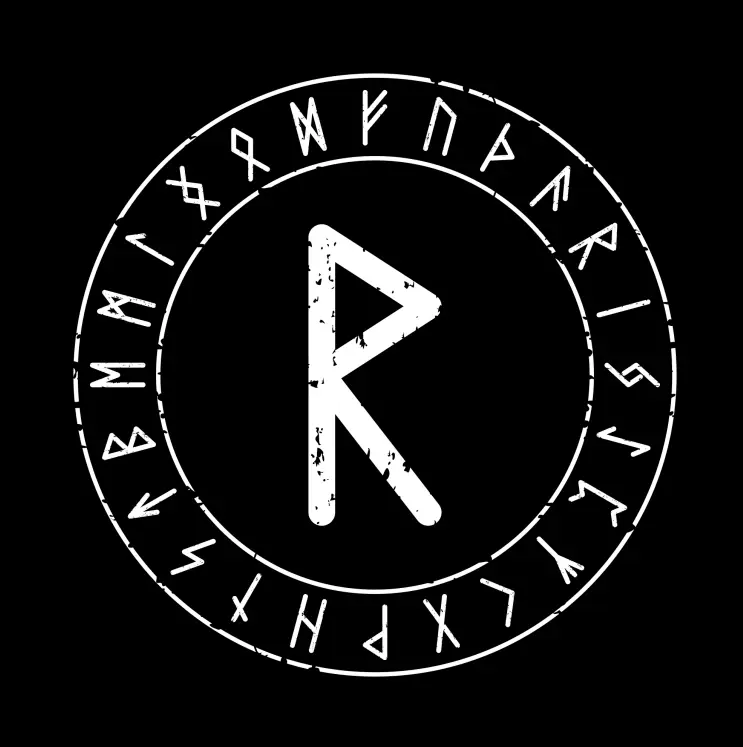The Raidho rune is a significant symbol within the Elder Futhark, the oldest form of the runic alphabets used by Germanic tribes. Its shape resembles a modern letter ‘R’, and it is associated primarily with the concepts of travel, journeys, and movement. The name “Raidho” itself is derived from the Old Norse word for “ride” or “journey,” reflecting its deep connection to the themes of physical travel and the metaphorical journey of life.
In historical context, the Raidho rune was often used to invoke safe travels and successful journeys. For those who lived in times when travel could be unpredictable and perilous, Raidho offered protection and guidance. It symbolised not only the act of moving from one place to another but also the progression through life’s various stages and challenges.
Beyond its literal meaning, Raidho holds a symbolic significance linked to order and rhythm. It represents the natural cycles and patterns that govern movement, whether on the road or within life’s broader experiences. This rune encourages balance and harmony during times of transition, urging a traveller or individual to move forward with intention and awareness.
In a spiritual sense, Raidho can be interpreted as a guide for personal growth and self-discovery. It speaks to the journey inward, highlighting the importance of reflection and mindful progression. The rune suggests that journeys are not only external but also internal, encompassing the development of wisdom and understanding.
When used in divination or rune casting, Raidho often signals a need for change or movement. It may indicate that a journey, whether literal or metaphorical, is imminent or necessary. The rune can also represent communication and connection, as travel historically enabled the exchange of ideas and cultures.
Overall, the Raidho rune embodies the essence of journeying—whether across landscapes or through life itself. It stands as a reminder that movement is an essential part of existence, bringing growth, learning, and transformation along the way. Its presence encourages travellers to proceed with confidence, respecting the rhythms of their path and the lessons it offers.
